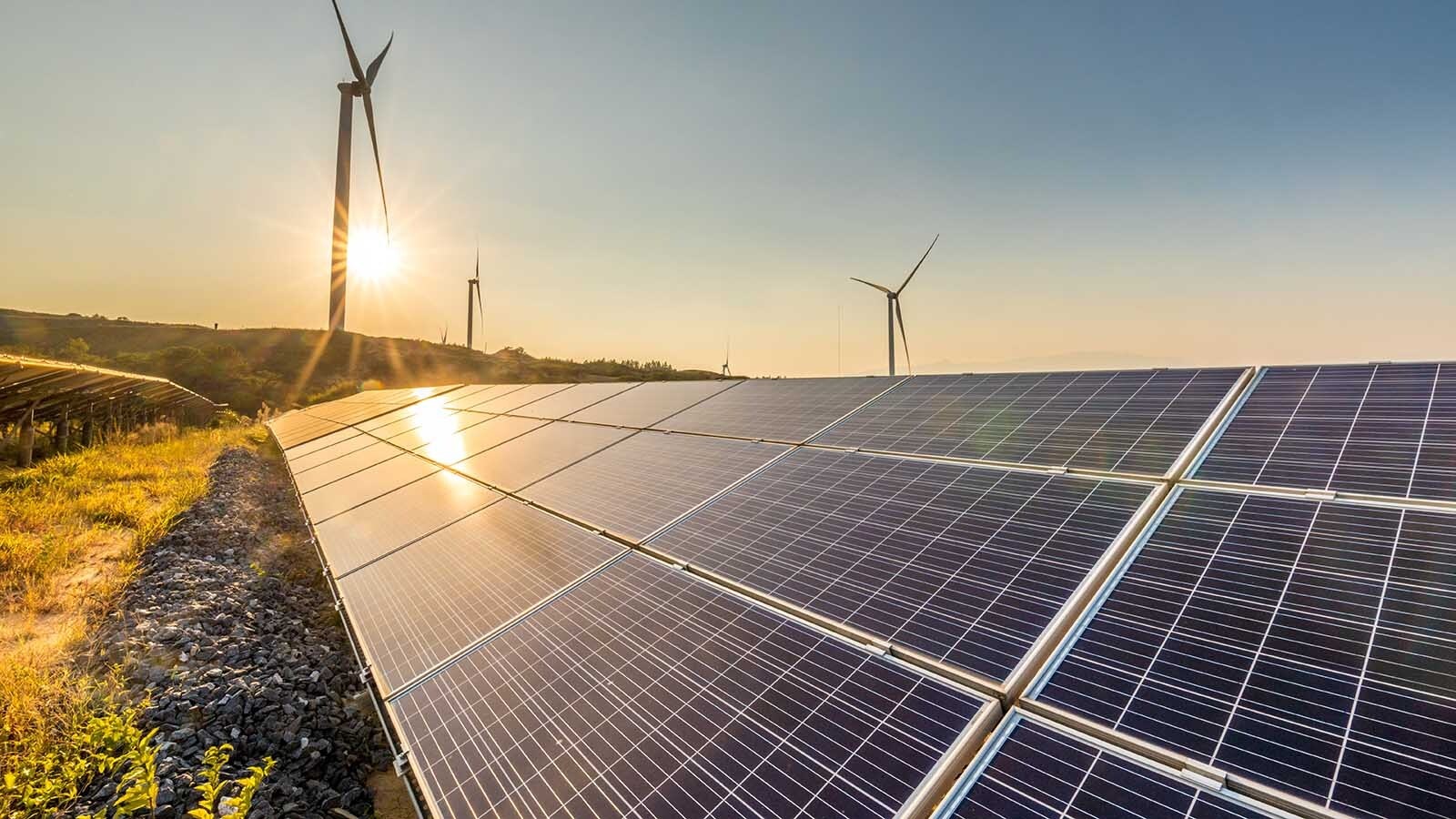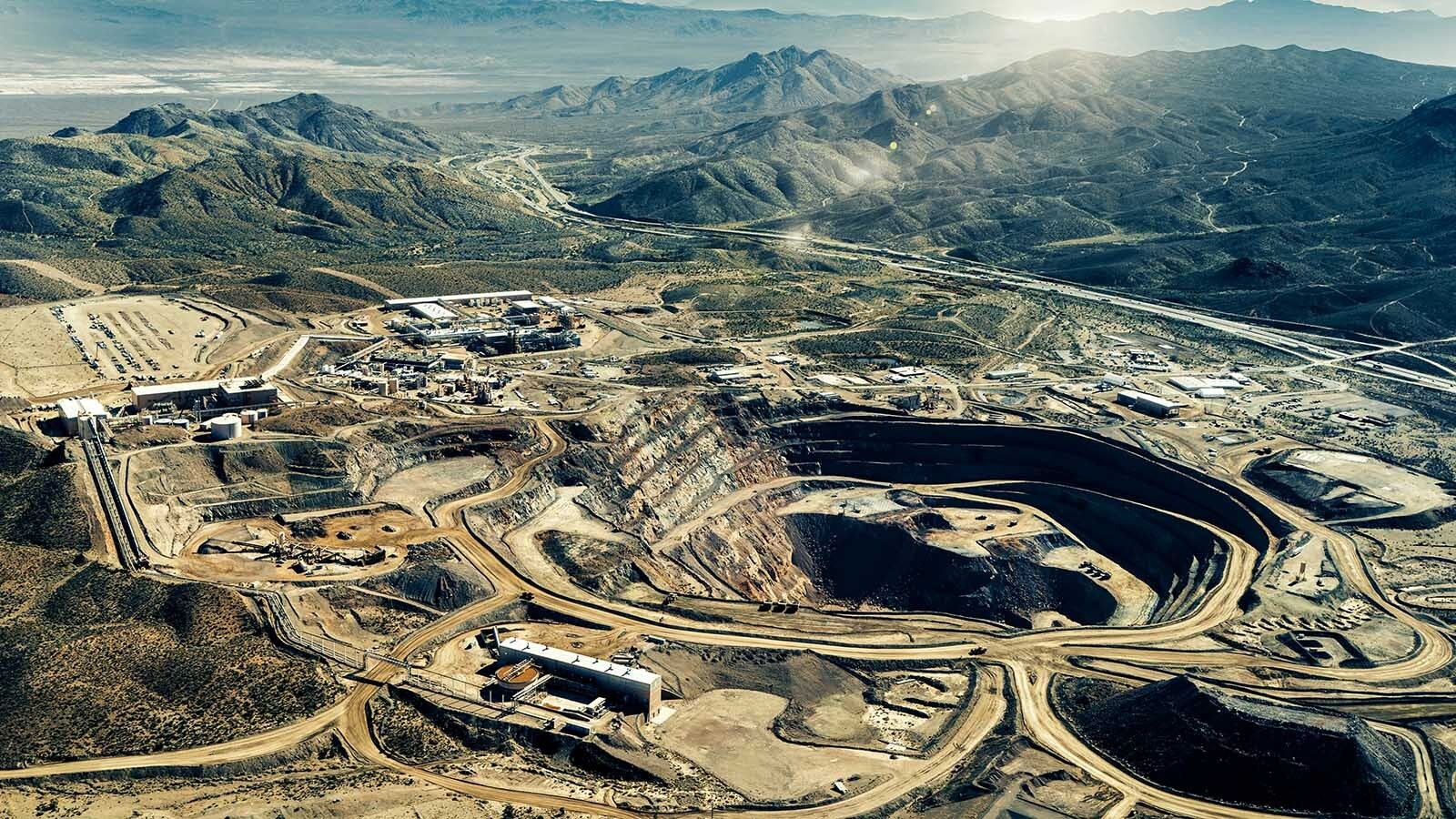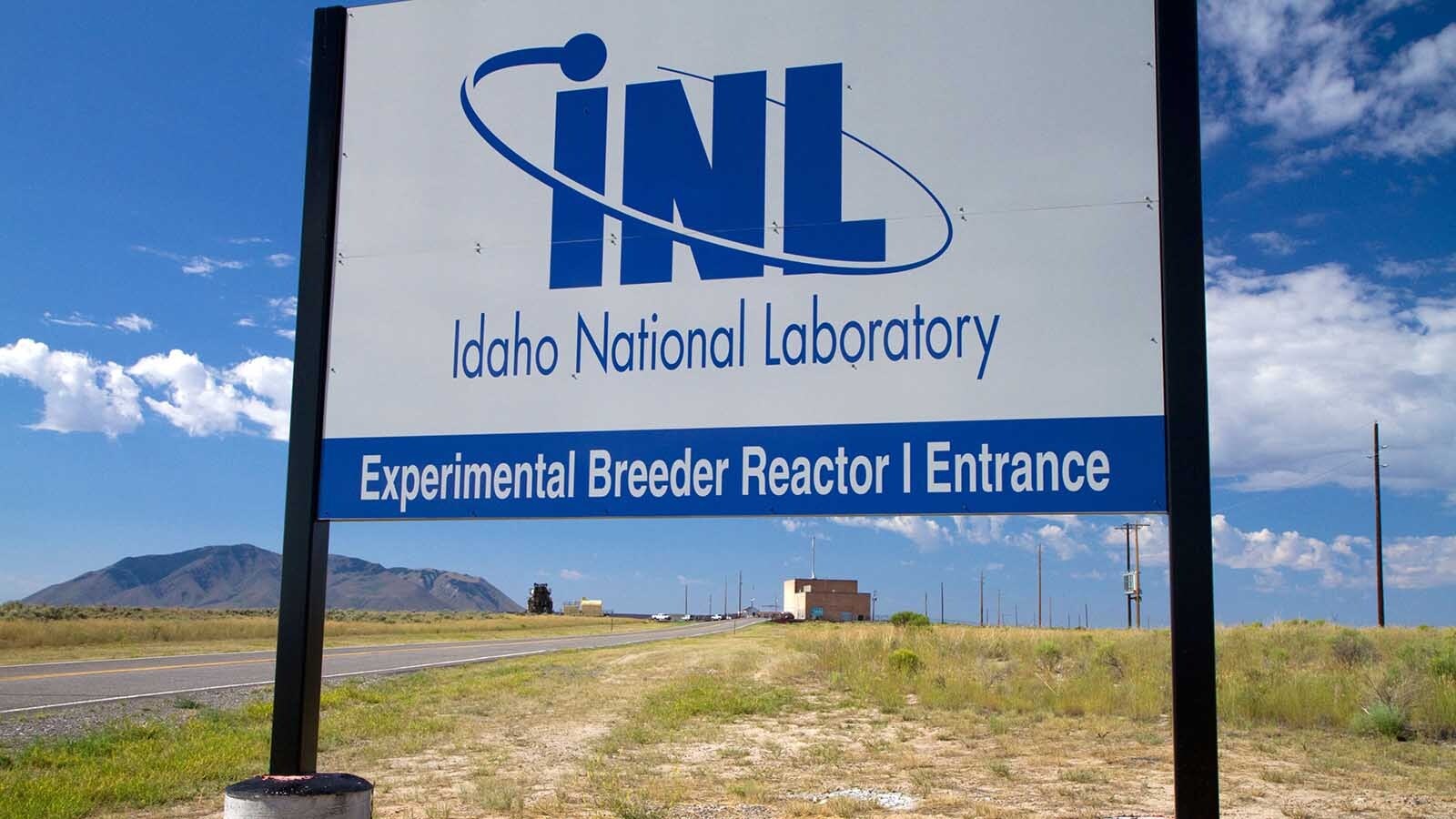Wyoming and some of its energy industry groups are criticizing as “illogical” proposed federal rules that would punish the state for contributing 1% of the pollutants that make up Denver-area smog.
Two industry groups and the state itself responded during the public comment period on U.S. Environmental Protection Agency’s “Good Neighbor” policy, which would regulate nitrogen oxide emissions in areas that have no pollution problem, but are identified by the EPA as contributors to the problems in other states.
“The EPA-proposed (federal plan) to regulate NOx (nitrogen oxide) emissions is not supported with scientific basis and the analysis is flawed,” Travis Deti, executive director of the Wyoming Mining Association, said in a May 3 letter to the EPA.
Deti’s comments were echoed this month by a petroleum industry advocate who called the rule “bizarre,” and by the state of Wyoming itself, which called the rule “arbitrary” and unfair.
Seasonal Shutdowns
The Environmental Protection Agency (EPA) in April announced that states contributing more than 1% in ground ozone ingredients to downwind states that are in violation of EPA ozone limits could soon fall under federal emissions controls, called the “Good Neighbor” policy.
The EPA said Wyoming contributes about 1.1% of the ingredientsd that make up smog found in the Denver area, so it would be one of the upwind states affected by the new rule.
But in the public comment period that ended Tuesday, Wyoming’s energy sector advocates called the EPA’s scientific process faulty.
Deti called the emission standards “unachievable” and said they would hurt Wyoming’s economy without reducing Denver area smog to levels considered acceptable by the EPA.
After reviewing the public comments on the rule, the EPA will decide whether it should be adopted. If adopted, the rule would impose seasonal shutdowns on power plants and put emissions limits on other businesses, all of which could raise electricity prices for Wyomingites and other Westerners, according to critics.
‘Better Chance’ Of Smog From Denver
Another Wyoming energy advocate, the Petroleum Association of Wyoming, said it was “bizarre” that the EPA would enforce the same emissions laws on Wyoming that it does on California when California winds send 42 times more smog ingredients to other states than Wyoming’s winds do.
Wyoming’s only downwind state with a noted smog problem is Colorado.
The association pointed to Gillette’s Wyodak coal power plant as a debunking factor in EPA’s blanket policy.
“The prevailing wind in Gillette comes from the south and southwest, which is the opposite direction of Denver. Yet the EPA is proposing that this facility is contributing significantly to (Denver smog),” Colin McKee, PAW regulatory affairs director, said in a Monday letter to the EPA.
Cheyenne winds, McKee added, usually blow to Kansas and Nebraska. “During most of the year, the general wind directions do not lend themselves for emissions generated in Wyoming to travel to Denver,” said McKee. “In fact, it seems more likely that emissions from sources along the (Denver-area) Front Range have a better chance of coming into Wyoming.
Colorado, however, is not penalized under the EPA’s good neighbor policy, as EPA data projects that Colorado won’t send more than 1% of smog-causing ingredients to its own downwind states in 2023.
‘Contrary To Law’
Wyoming itself pushed back on the federal agency.
In a Tuesday letter by Wyoming Department of Environmental Quality Director Todd Parfitt, Parfitt noted that the EPA in 2015 found it “not appropriate” to impose Good Neighbor emissions laws on Western states like Wyoming, but shifted its position in 2021.
“The EPA flip-flopped,” said Parfitt in the letter. “Rather than working with Western states, EPA proposed its Transport Rule, including the wholesale adoption of (new emissions embargoes) to Western states, without its promised consultation.”
The state rebuked the EPA for the policy’s short public comment period, which ended Tuesday, the very date of Parfitt’s letter.
“EPA’s proposed transport rule is contrary to law and is based on flawed science,” the letter continued, listing additional concerns, including the following:
Wyoming depends heavily on its energy sector and other NOx-emitting businesses;
Wyoming has managed its own air quality without requiring federal environmental plans;
EPA’s testing did not include smog ingredients caused by lightning or by the methane emissions of one of Denver’s own basins;
Even if Wyoming reduced downwind smog ingredients to zero, Denver still wouldn’t be in compliance with EPA’s limits;
Job losses, power plant shutdowns and economic lags all could result from the rule, according to the DEQ’s letter;
Oregon appears to be enjoying EPA favoritism, the DEQ implied, because the EPA is forgiving some of Oregon’s California-bound emissions.
According to the Federal Register, federal entities may change, terminate, or continue with rulemaking after the public comment period as they deem appropriate.
Colorado Regulates Air
Colorado has labored under its own rigorous emissions controls for years, according to Mike Silverstein, Colorado Regional Air Quality Council director.
Silverstein emphasized that the RAQ is an environmental planning group established by Colorado’s governor and while it works closely with the state, it does not represent the state of Colorado or its governor.
“My board, the Regional Air Quality Council is supporting EPA’s efforts to reduce emissions in the upwind states,” said Silverstein in an interview with Cowboy State Daily.
“We’re not taking a position on how that should be done,” he said, adding that RAQC was advised to send “supportive comments” to the EPA on the matter.
The Denver area has exceeded EPA ground ozone standards for years. The region was downgraded from “moderate” to “serious” in 2019 and is slated to be reclassified as “severe” this July.
Each downgrade brings more federal regulation and millions of dollars in penalties payable to the state, and, in the case of the “severe” designation, reformulated gasoline will be required throughout the region by next year.
Reformulated gasoline so far is only required in nine areas of the U.S., all urban metropolitan areas.
It’s time for upwind states to help out, said Silverstein.
“My own analysis says upwind sources are influencing our ability to come into compliance with the ozone standards,” including Wyoming, Utah, and California, he said.
“They have emissions that are contributing to our problem, and that we’d appreciate if those, through EPA’s action, those emission reductions occurring in those upwind states help us in our quest in coming into compliance with ozone standards,” he said.
‘We Have Our Own Issues’
Silverstein clarified that Colorado has plenty of domestic nitrous oxide and volatile organic compound (smog ingredients) emission sources, but said there have been many rule changes implemented to combat those, including: stringent requirements on paint, cleaning products, and the oil and gas industry; the phasing-out of coal power plants; requirements for about 7% or more of vehicles sold to be electric vehicles; grant incentives for companies to install electric vehicle charging stations, and other transportation reforms.
Ozone Not Down
An EPA data chart depicting Colorado ozone trends shows no noteworthy decline or increase in smog trends in more than a decade.
Silverstein said the state’s population increases during that time suggest that emissions per person are actually going down, which he deemed an improvement.
“We haven’t gotten there but we’ve made that progress because of the emission control programs we’ve had that have countered the dramatic growth in our state,” he said.





